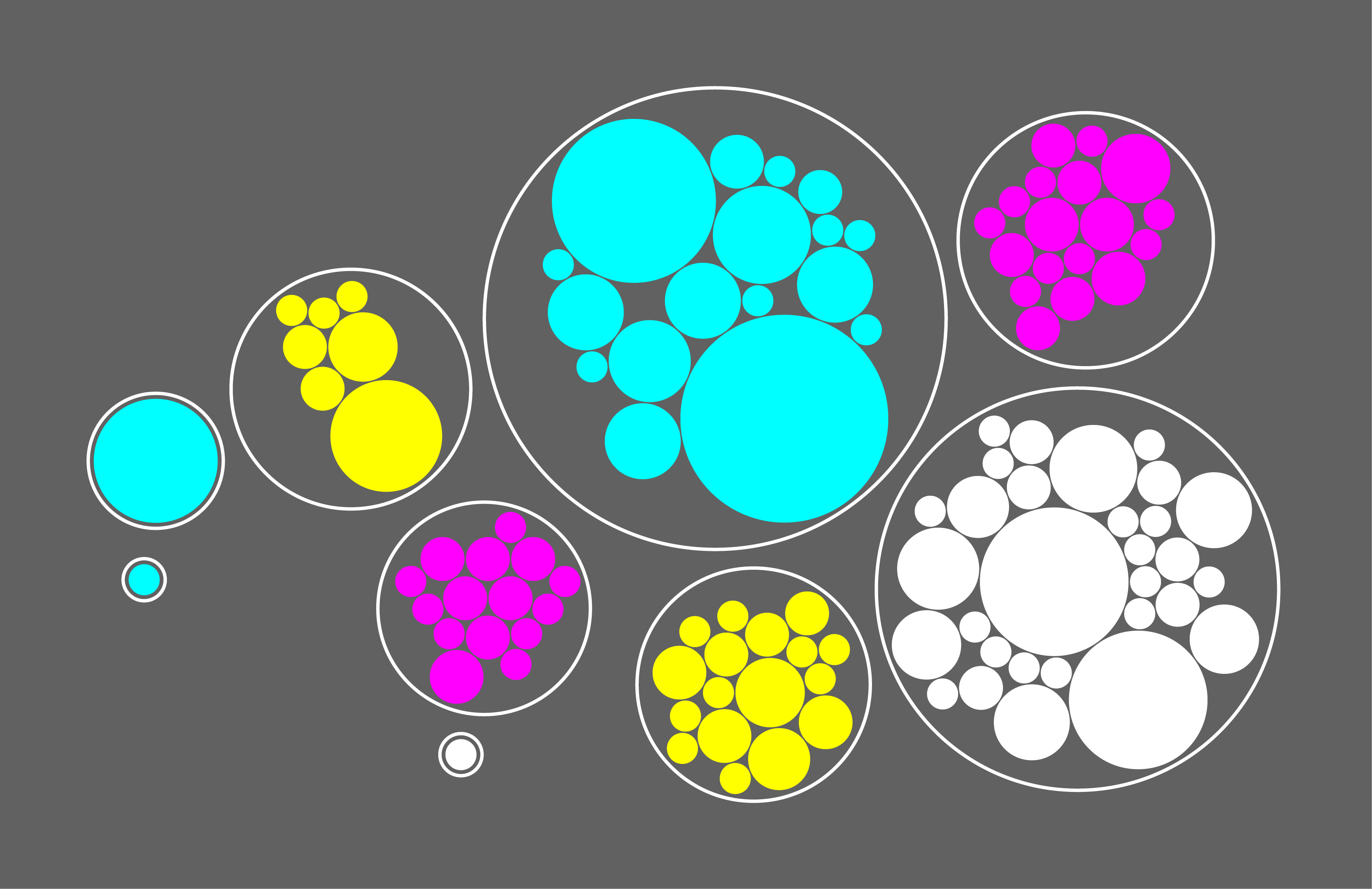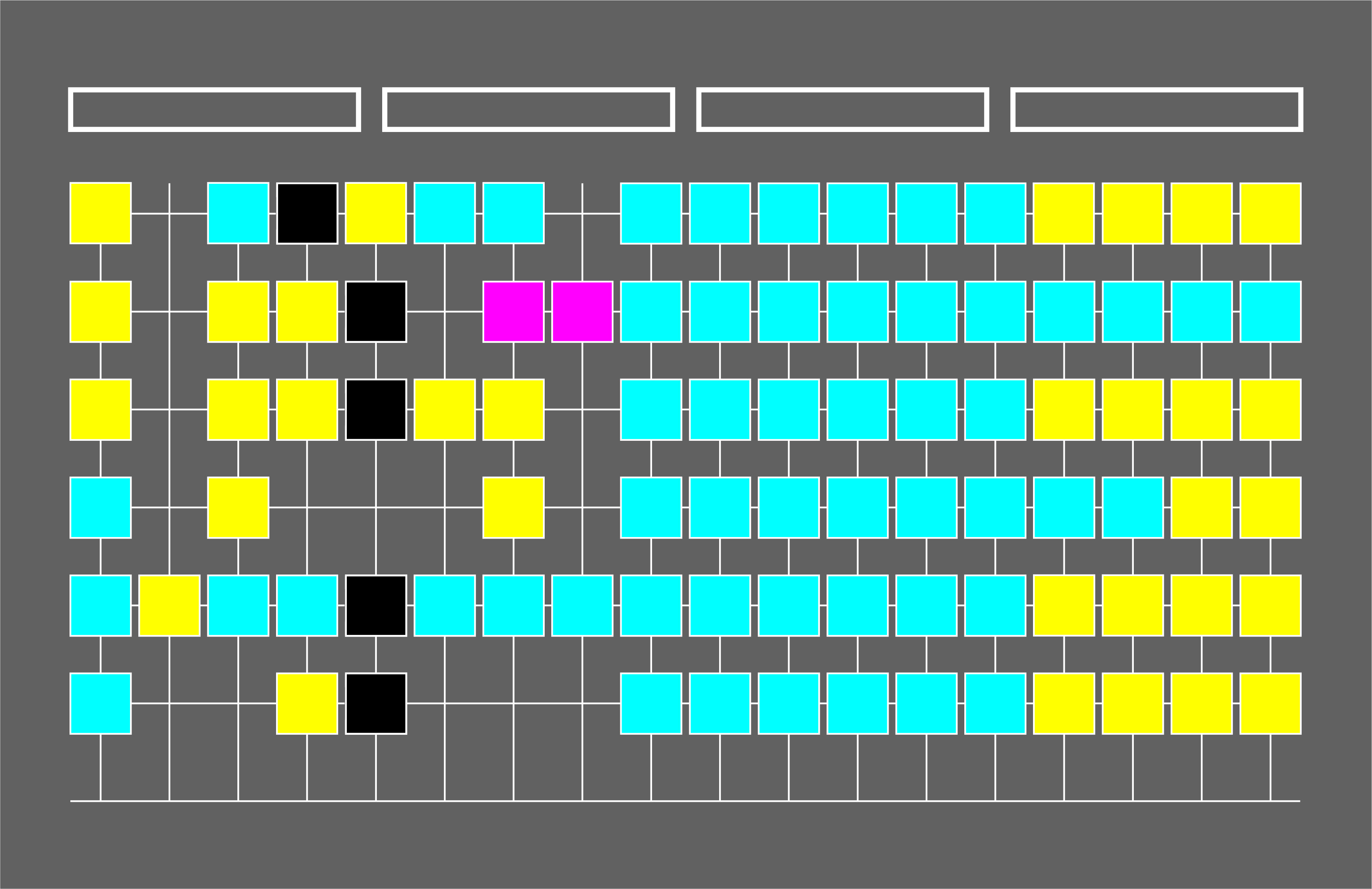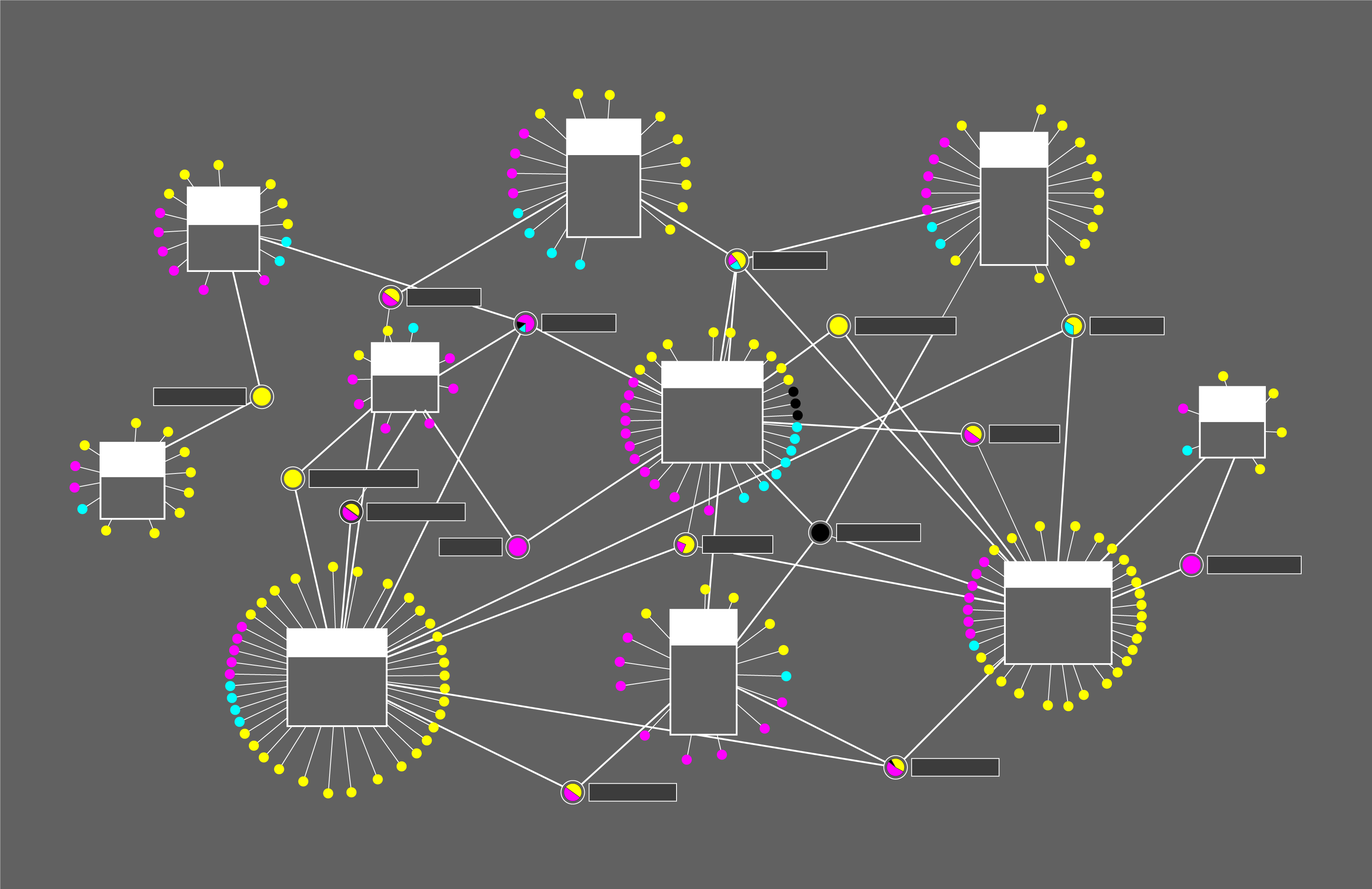The manipulation of images is an accessible and frequent phenomenon, as a result of technological evolution and a fluid and interconnected society. The creation of a fake image has taken on different meanings in this process, which go beyond the mere modification of an original image. Since it is difficult to distinguish or prove whether an image is decontextualised, false or manipulated, the only way to analyse how people can inform themselves or react to the evidence of fakeness is exploiting actual cases of debunking. The primary purpose of this work is to highlight the number of shades of the word fake. What is really false and what are the suggestions that this word generates in people’s minds? How important is it to debunk the false and create awareness of things and events that surround us? Is it wrong to use images, not faithfully reflecting reality, to influence the visual culture of people? Finally, can an image be so powerful as to aggregate groups of people geographically very far, but united under the same ideal? The project proves how images are the most effective tool to analyse their self-generated phenomena: a complex scenario that can affect what people is convinced of, in which human beings believe in what they see and the boundary between reality and fiction is blurred.




